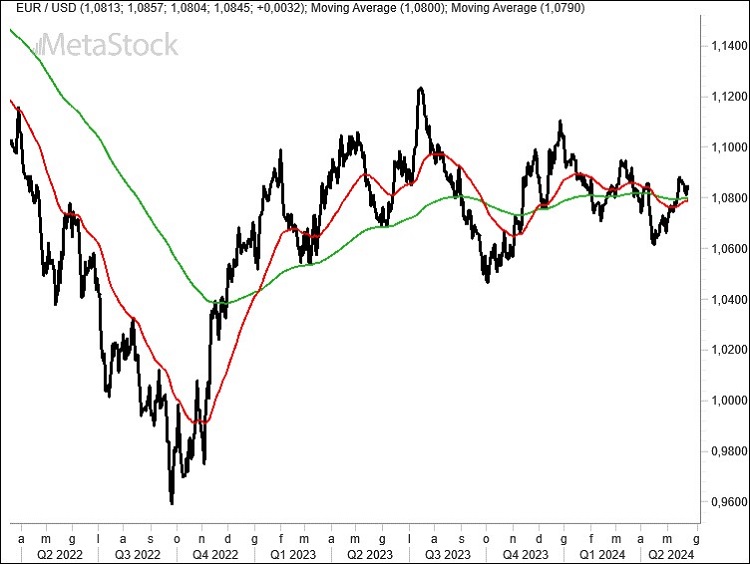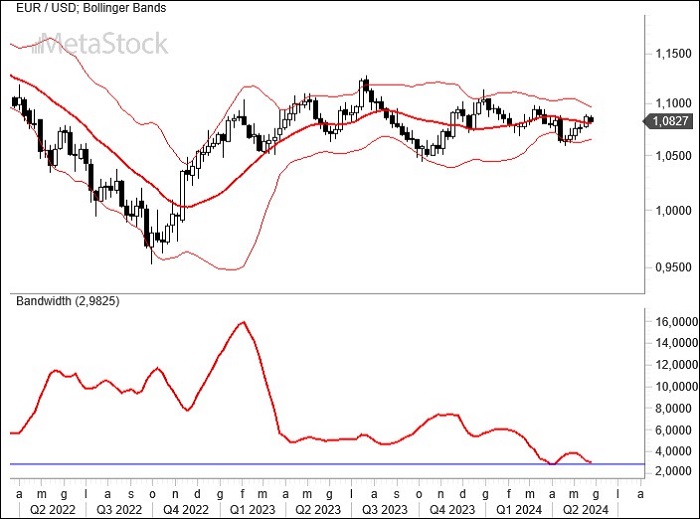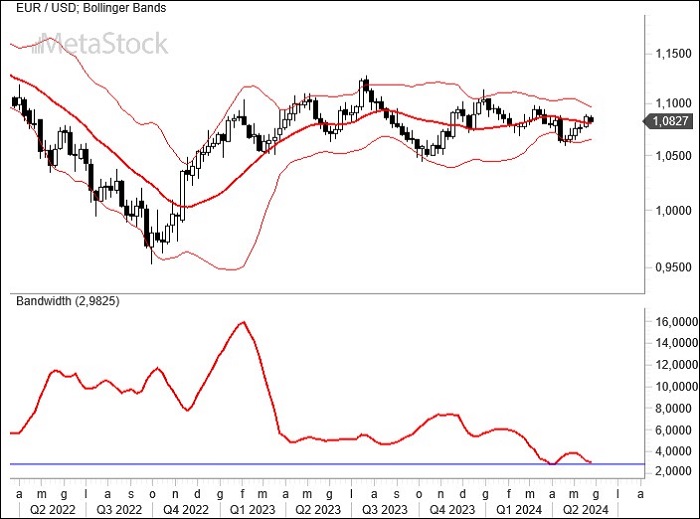- In a week sparse with macroeconomic data and awaiting crucial reports at the start of the month, the market is repositioning itself, waiting for a clearer picture of the Fed’s intentions regarding interest rate revisions.
- In Europe, all eyes are on the ECB, which continues to reassure the markets that a rate cut in June is highly probable.
- EUR/USD is moving within an increasingly narrow range after repeatedly failing to break resistance levels. Is volatility ready to explode?
Fed Minutes Disappoint Markets, ECB Signals Potential Rate Cuts
The release of the Fed’s minutes from the last FOMC meeting disappointed the markets. The minutes revealed a central bank inclined to keep rates high for a longer period than expected. As Powell had previously indicated, inflation is struggling to decrease as anticipated, and some board members are even ready to raise interest rates if necessary. While this is nothing new, seeing it in writing made the market acknowledge that early rate cuts are not on the horizon.
Therefore, the likelihood of rates remaining above 5% throughout 2024 seems increasingly plausible, especially considering the November election, which Powell is unlikely to disrupt with monetary moves that could favor one of the candidates. Various statements suggest that interest rates will not be adjusted until the labor market shows signs of weakening.
In contrast, Europe is taking a different approach. Lagarde has explicitly stated that, given the controlled inflation in the euro area, there is a strong possibility that the ECB will cut interest rates at the June 6 meeting. However, inflation and economic growth data arriving before this date will be crucial in influencing the ECB’s final decision. If the ECB cuts rates, it would be acting ahead of the Fed, a rare but not unprecedented event since the ECB’s inception.
The European composite data has been contradictory, continuing its rise above 50 points, a level the manufacturing sector is also nearing. These are the highest numbers since May 2023, but the real surprise came from wage growth data, which showed a 4.7% quarterly increase, surpassing the 4.5% of the last quarter of 2023. These numbers provide less certainty for the ECB.
Technical Analysis – Confined EUR/USD Movements and Low Volatility Signals
From 2017 to early 2023, the 50-day and 200-day moving averages intersected only four times, consistently confirming long-lasting trends. From 2023 to now, in just over a year, there have been four more crossings, indicating the prevailing confusion in trading floors. The death (bearish) or golden (bullish) crosses between the two key moving averages (50 and 200 days) usually signal a trend confirmation. However, in the past year, they have been a deadly trap for bulls and bears, with many false signals preventing traders from developing effective strategies. Until the range shown below is broken, effective operational margins will be hard to achieve.

Volatility in EUR/USD is compressed to its lowest levels, as indicated by the Bollinger Bands, which have not been this close since early 2020. The chart from a few weeks ago is still relevant. There’s little to say, except that once again, the market (and the long-short exposure of traders in the futures market) confirms its indecisiveness due to central banks still reluctant to reveal their cards. Technically, a move above 1.10 or below 1.06 (preferably 1.05) could lead to greater directionality. For now, it’s a wait-and-see approach.



Leave a Reply
You must be logged in to post a comment.